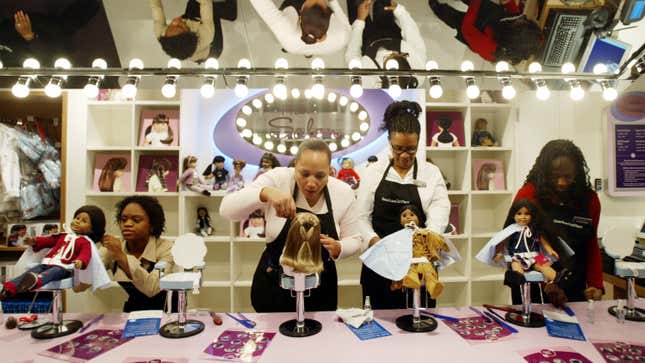Kids, and Possibly Parents, Are No Longer Interested In American Girl Dolls
Latest

When I was a child in the early ’90s, there were two types of kid—those who had American Girl dolls and those who did not (I did not meet any boys until much later). And because I did not know any rich enough to actually play with her $82 American Girl doll, long afternoons were spent just staring at Felicity, Molly, or if the child were the most unfortunate of the fortunate, Samantha. When we were done staring, we spent hours reading and rereading the doll’s accompanying historical fiction storybook and fantasizing about female empowerment throughout different eras of American history.
-

-

-

-

-

-

-

-

-

-

-

-

-

-

-

-

-

-

-

-

-

-

-

-

-

-

-

-

-

-

-

-

-

-

-

-

-

-

-

-








































